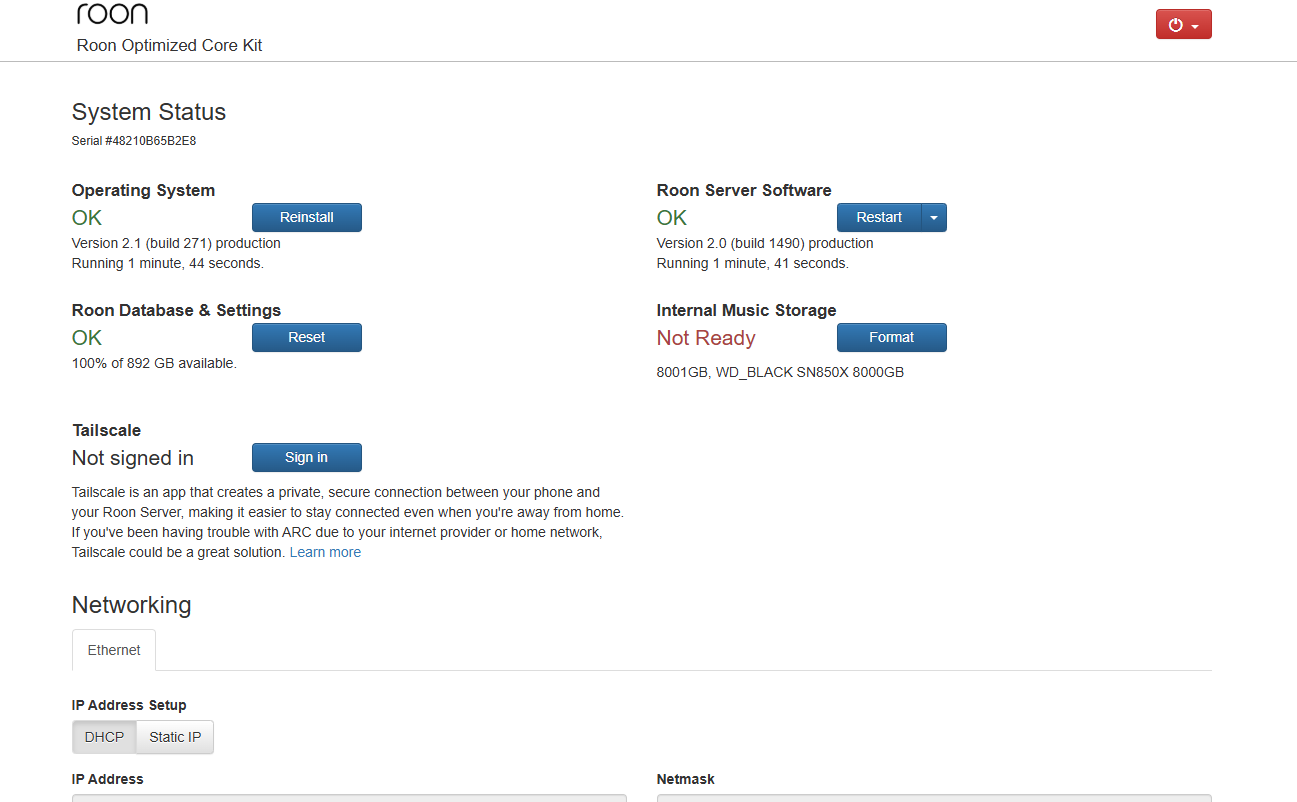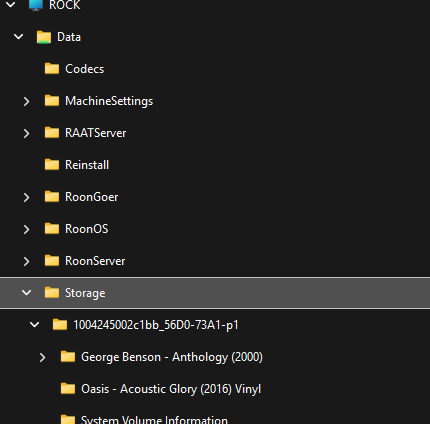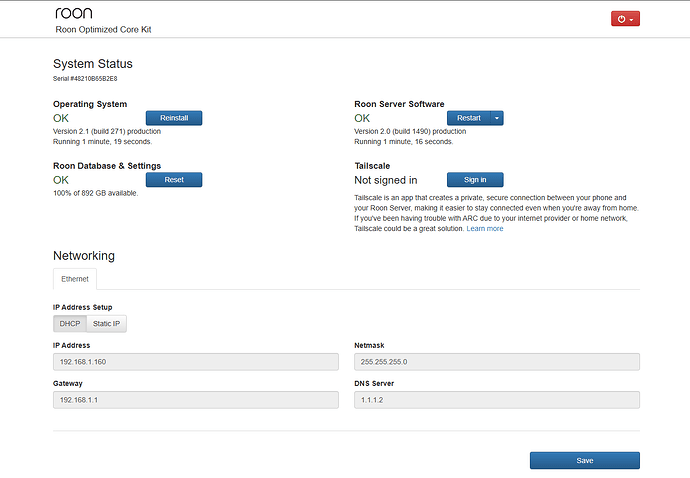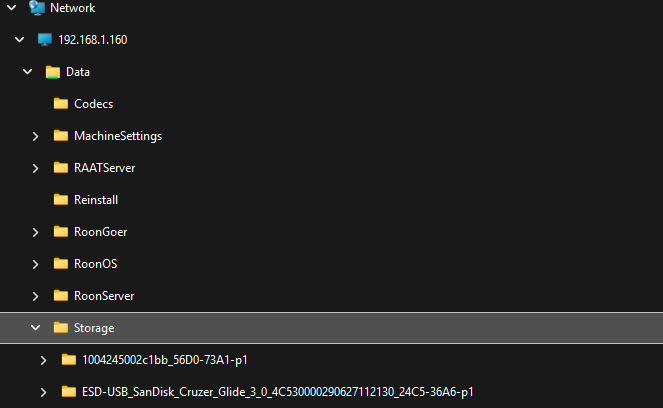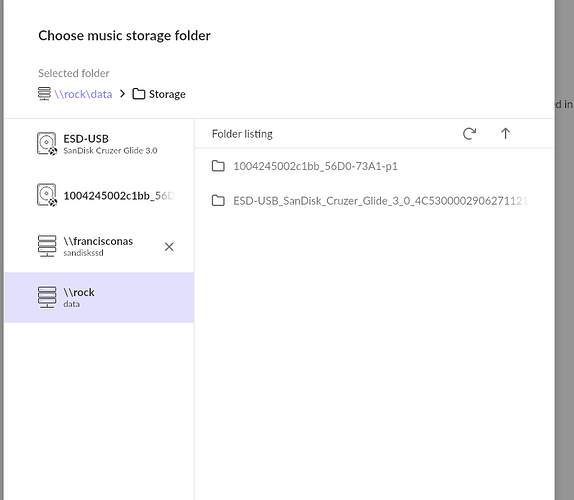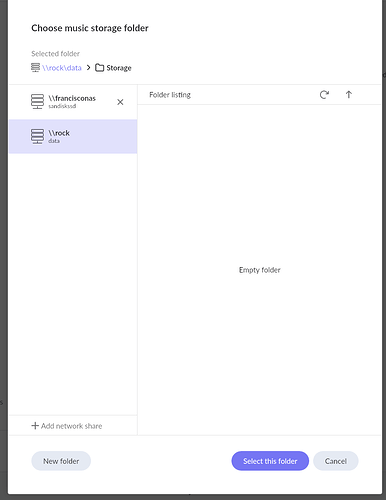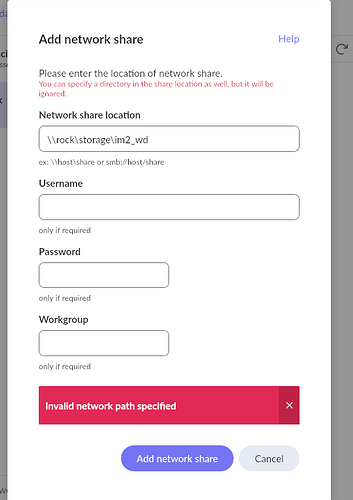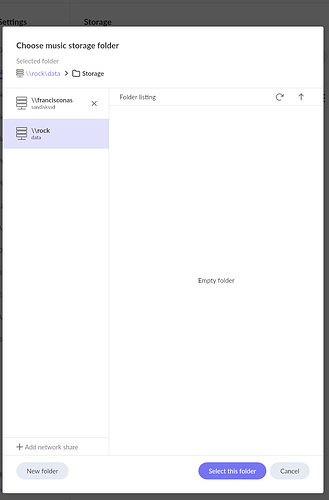Hi, thanks for responding.
In reading your response, I realized what the crux of my issue was, which was the impact of the mount point and how to approach the data.
I have a library of 16 TB of data, currently kept in a NAS. I want to move it to SSD for portability and speed.
a) if it is seen as an external drive it can be formatted and updated outside of the ROCK, which is the intended design, I can update the files with another machine as it will be EXFAT or NTFS.
b) If it is an external drive, I can transfer it to another Roon Server (I have 2 Nucleus +, and i7 7th gen Rock at this time, but these dont do Thunderbolt) as needed. I have multiple locations where I run Roon.
c) If it is an internal drive, I am limited by the speed by which it can be updated, or accessed. And this slows it down by a factor of 10. This is not a show stopper, just a nuisance.
d) I actually tried it as an internal drive, and it bombed at just below one terabyte, telling me it ran out of space. It has 7.3 TB reported capacity unused. Then wiped it all out, all the data it had just transfered was gone. I know it was there, as I was browsing the contents through Roon as it was copying over, and playing a few. And the transfer was interminably long, three hours roughly for less than 1 TB before it bombed. I think that the feature is not quite sorted out.
e) As an internally mounted drive, it is formatted (which Roon asks to do to be able to use it) in a way that you are no longer able to see the files outside of it being connected to the Rock.
I copied a few (10 or so) megabytes and verified it. It was stunningly fast to search and play, as it should be. It was bandwidth limited by the network at 2.5 Gb tops, and even less in reality. I also played them in Roon. I however, was not able to see what was in it with any other device. As I have no Roon server that is able to read through a Thunderbolt port, I was unable to verify if I could see it through another Roon server. It was not readable, as expected in Windows 11.
f) The fact that it shows as an internal drive is a product defect that may work, but I wonder if that’s the story’s acceptance criteria (forgive the terminology, I am a professional Software Project Manager that works with an Agile methodology, so thats how it would technically be described). I hesitate to use it again, as its fairly difficult to transfer data to it in that way. I will do so if thats the only way, but until I am sure thats the intent, and stable, will pause that use case at this time.
I am hoping this will get fixed, but this is a way to debug it, by showing findings to address the product’s state. The workaround is inadequate, if it bombs.
If there is no resolution, or that is the intent, it would be for all to know and I will move on. As it is, the Thunderbolt port, while supported, has limitations. Again, not a complaint, but more a need for clarification so I can proceed accordingly.
Thanks for the response, hope that clarifies my concerns.
